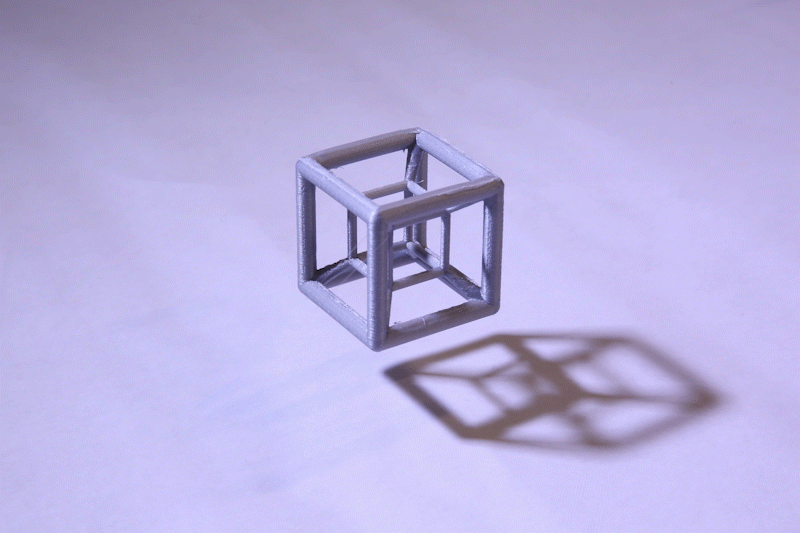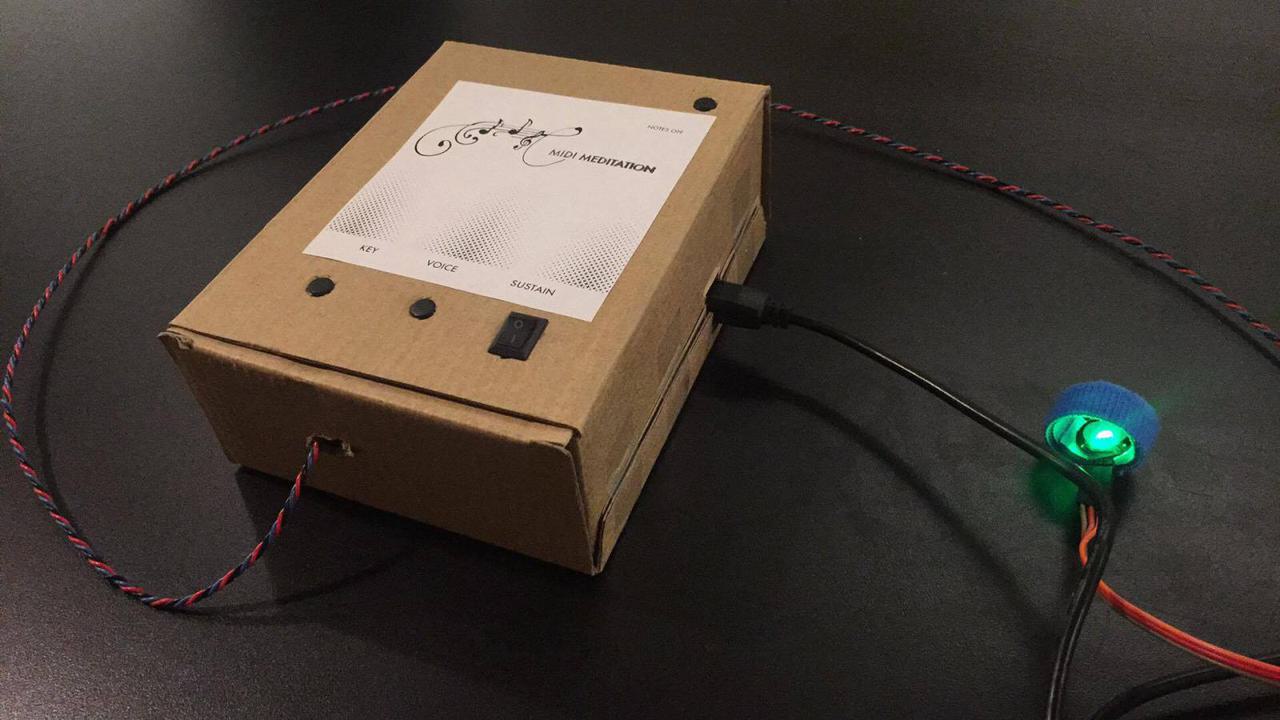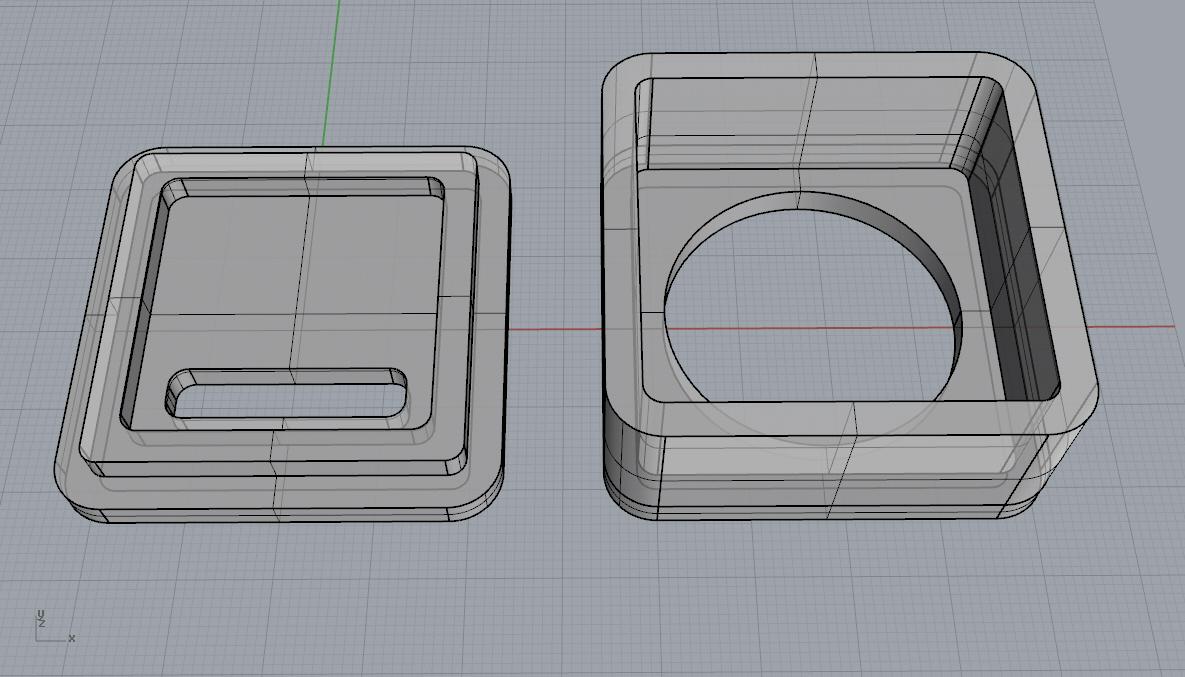Video & Sound
Animation, taught by Gabe Barcia-Colombo.
Class blog posts:
- Monday, October 30, 2017 10:52 PM Stop Motion
- Tuesday, November 7, 2017 12:04 PM After Effects
- Tuesday, November 14, 2017 11:23 PM More After Effects and Understanding Comics
- Monday, November 27, 2017 11:34 PM The Halls of ITP
- Tuesday, December 12, 2017 11:14 PM Unity Experiment
- Sunday, December 17, 2017 8:23 AM Unity Maze Game



